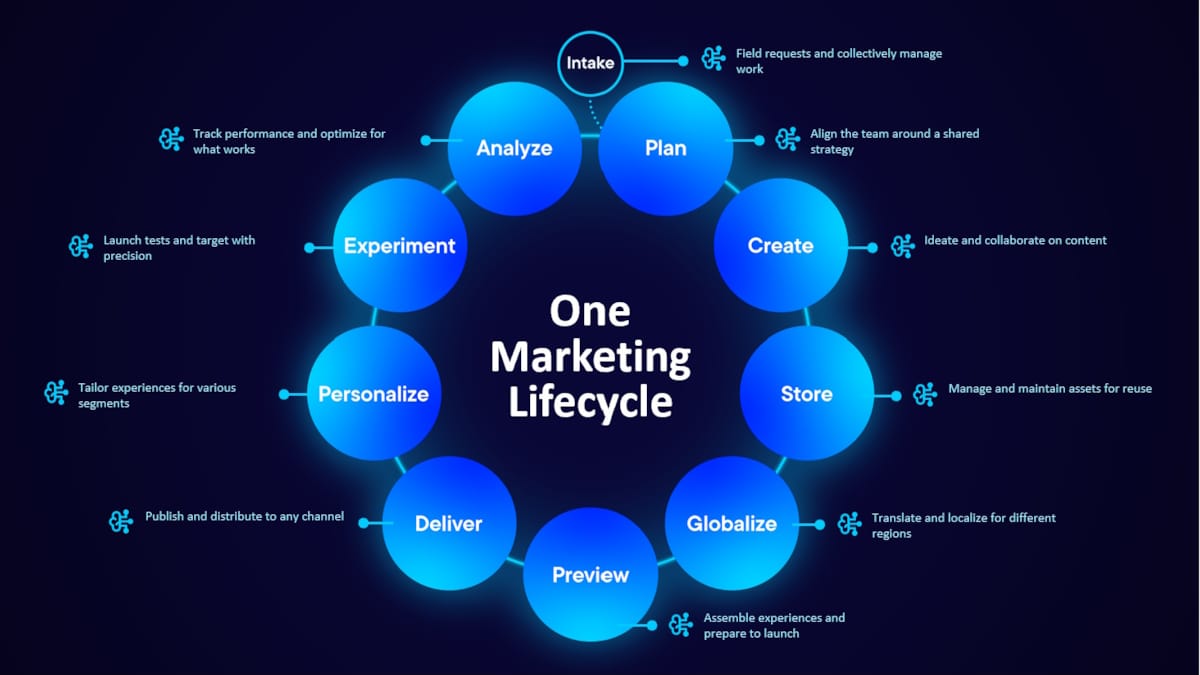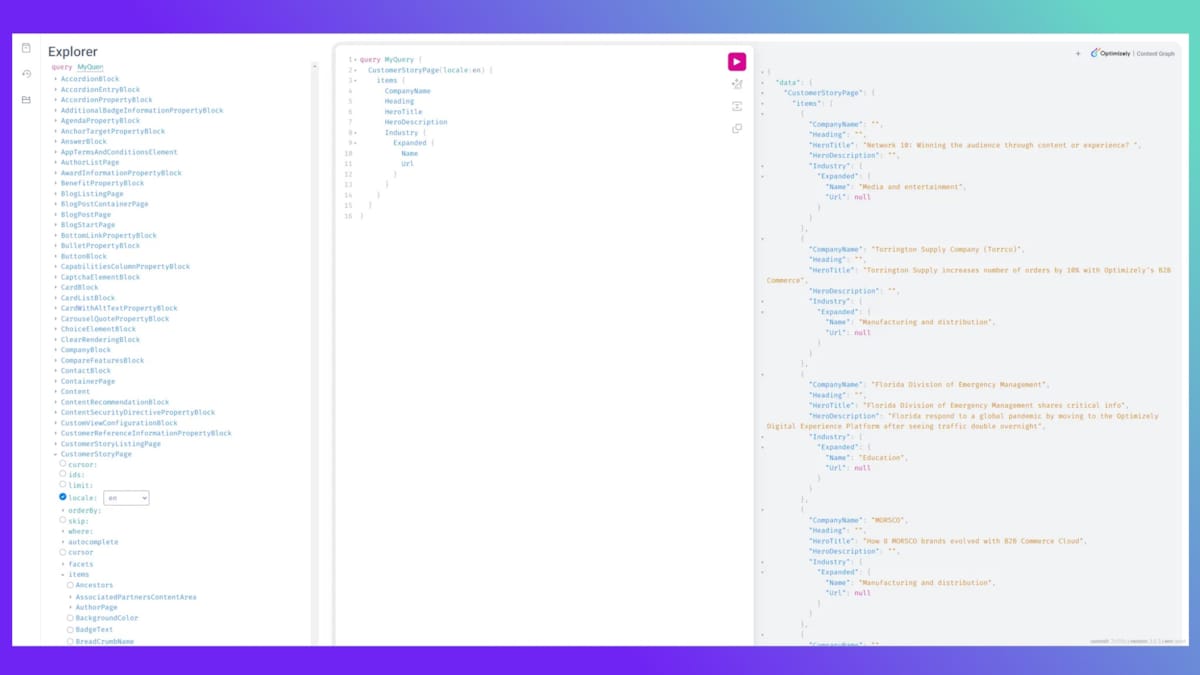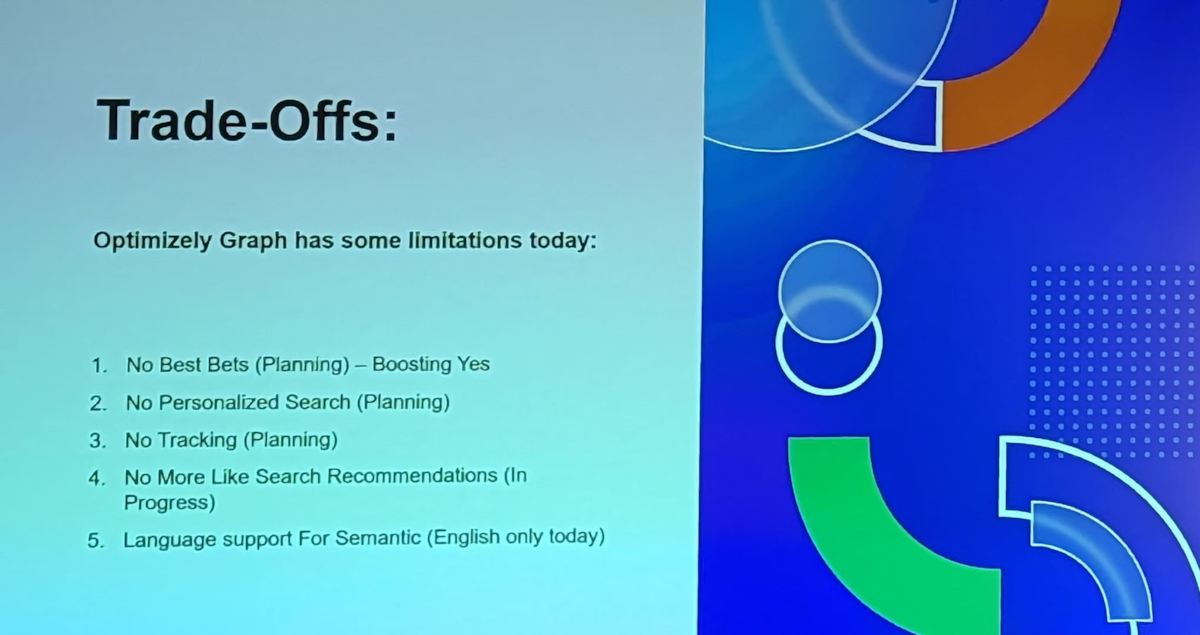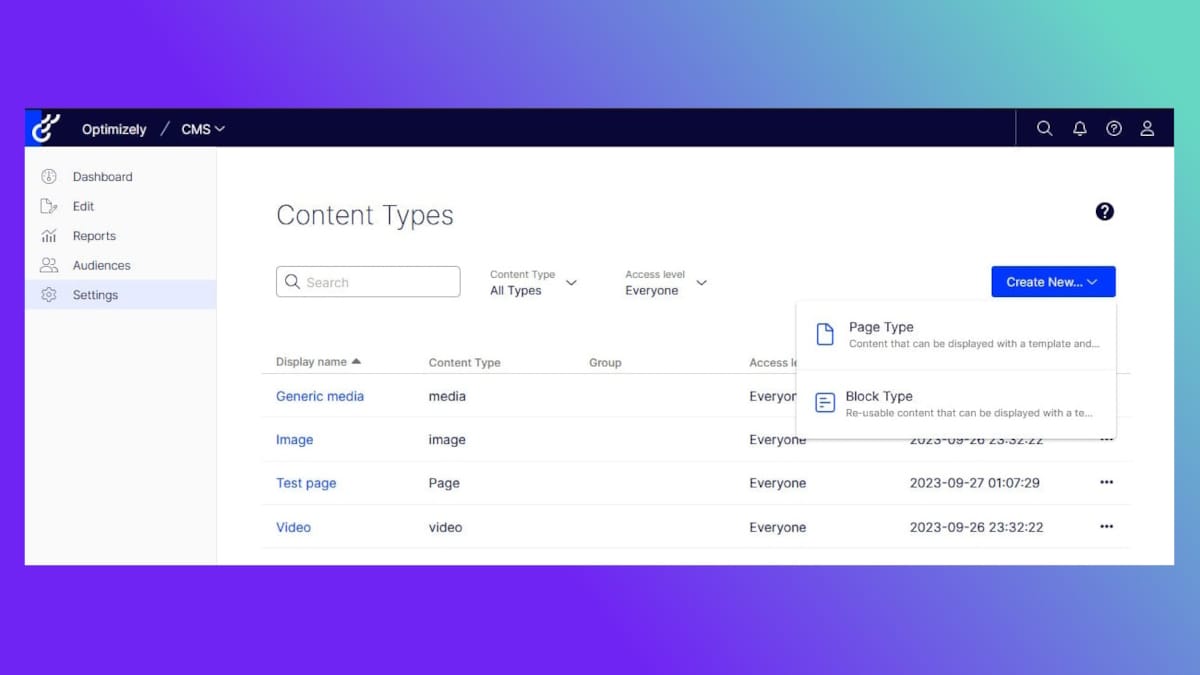
Opticon 2023 Highlights: Optimizely Graph

Optimizely Graph was one of the highlights announced during Opticon 2023. Here's what you need to know about this new engine for advanced listing and machine learning-based smart search.
Optimizely Graph - Smart Search and Content Aggregation
Traditionally, the Search & Navigation engine (formerly known as "Find") has been the preferred choice for search functionality on an Optimizely website. Now, it faces strong competition from a new product:
Optimizely Graph is the new engine for smart search and content aggregation. In fact, it has been in the beta stage for quite some time under the name "Content Graph", and has only recently become commercially available. As the name suggests, Optimizely Graph utilizes GraphQL technology (Graph Query Language), which is a powerful API-based query framework, enabling all your applications to connect to Graph and query content in various forms. You can think of Graph as "Search As A Service." Optimizely Graph will be a licensed add-on service that you can order separately.
What sets Optimizely Graph apart from Search & Navigation?
Similar to Search & Navigation, one of the core features of Optimizely Graph is that it indexes all your content - including web content, documents, images/videos, and metadata. Graph analyzes and categorizes content using machine learning, so it effectively understands how each piece of content relates to other content and concepts.
- When Graph is used as a search engine, it means you're not as dependent on configuring synonyms, handling misspelled search terms, or creating manual relationships between content - Graph can grasp the intention behind the search and still present relevant content.
- When Graph is used as a content engine, it means you can create advanced aggregations, filterings and listings of related content and present them in numerous digital channels - from websites to mobile apps, newsletters, and information screens.
Another significant advantage of Graph is that the service doesn't run as part of the CMS, but rather as a standalone service in the CDN network layer, allowing it to respond rapidly to requests from all integrated systems. (CDN ensures that data requests are handled by the data center geographically closest to your location at any given time, significantly reducing response times.)"

Will Search & Navigation be discontinued?
No, the Search & Navigation product will continue to be developed and supported for all customers, at least for the foreseeable future. However, customers using Search & Navigation should strongly consider transitioning to Optimizely Graph due to the enhanced features and better performance that Graph offers.
Optimizely state:
Optimizely Graph provides similar functionality to Optimizely Search & Navigation but is technically different. Optimizely Graph is not intended to replace Optimizely Search & Navigation; it is a separate product that can also provide similar functionality to Optimizely Search & Navigation. Optimizely Graph offers faster performance and additional features, but you may not need to invest in additional features and performance gains, so Optimizely continues to support Optimizely Search & Navigation.
The benefits of an Optimizely Graph-based search service include:
- Faster search results
- Better error handling
- More flexibility over search logic
- Cross-application and cross-platform search capability
Is Optimizely Graph available for all customers?
Both CMS and Commerce customers can use Graph, but those on the PaaS version (i.e., the traditional cloud-based DXP variant) must be on at least CMS v12 or newer. This could be a compelling reason to revisit those plans to upgrade your website!
It is still uncertain whether you can adopt Graph if you have a traditional on-premise (non-cloud-based) version of CMS/Commerce (this article will be updated when the answer is available), but in any case, the website must be on at least CMS v12 or newer.
Anyone who adopts the new SaaS version of CMS/Commerce will also be able to use Graph!
Many Optimizely customers have already integrated the Search & Navigation search engine because it was included when they purchased a DXP-based CMS/Commerce. For most customers, there has been no additional license associated with using Search & Nav. Optimizely Graph is an additional service with its own licensing model - so Graph does not replace Search & Nav as an included feature in the CMS/Commerce package.
The decision to switch to Graph will require a cost/benefit analysis, and you should consider:
- Do you depend on the configuration options offered by the Search & Nav interface? (best bets, synonyms, weighting, search statistics, etc.)
- Do you need faster search results (Graph is served from CDN) and more control over aggregation/search results?
- Do you need to index content from multiple sources (CMS, PIM, DAM, etc.) in one place?
- Does your budget allow for the additional Graph license?
- Do you have the development resources required to switch from Search & Nav to Graph?
Can you combine Optimizely Graph with Search & Navigation?
No, because the functionality overlaps significantly, it is not recommended to combine these two products. You should choose one of them based on your needs. (Optimizely may also possibly refuse to allow you to order both).
Is Optimizely Graph a pure search engine?
Both yes and no. Graph indexes and relates content in a significantly different way compared to a traditional search engine index. While traditional search engines index the actual text within content, Graph utilizes machine learning and natural language processing (NLP) to understand keywords, intent, context, and other data points that can be assembled into a structured network of relationships between content. This makes Graph much more powerful than Search & Navigation in terms of aggregating content for tailored listings and search results. (If you're new to vector search, see this introductory video).
However, Graph is not ONLY a search engine, and therefore it currently lacks some of the configuration options that Search & Navigation has. At Opticon, Optimizely shared the current status of Graph compared to Search & Navigation:
- Currently no support for Best Bets - i.e, the ability to manipulate weighting to promote specific content items more in search results (Search & Navigation has this).
- Currently no personalized search - i.e., search results do not take into account individual user preferences, history, and real-time behavior (Search & Navigation has this).
- Currently no tracking functionality - i.e, tracking how each user interacts with listings and search results.
- Currently no feature to display "similar content" - in practice, the engine cannot produce a "recommended" list of related content/products (this is related to the lack of personalized search).
- Currently only support for the English language - i.e, the NLP engine that "interprets" text can currently only process English text (but support for more languages is planned).

Learn more about Optimizely Graph:
- Introductory article by Optimizely, describing functionality and benefits
- Get-started documentation by Optimizely, describing technical prerequisites and setup instructions
- Beta access while Optimizely Graph is being finalized
